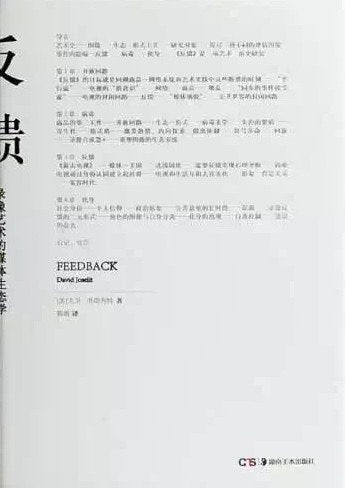1
/
of
1
feedback
feedback
Media Ecology of Video Art
David Joslett Guo Juan 译Regular price
$14.99 USD
Regular price
$14.99 USD
Sale price
$14.99 USD
Unit price
/
per
Low stock
Couldn't load pickup availability
About Book
About Book
American television embodies a paradox: it is a privately owned and controlled public communications network, in which the vast majority of citizens are excluded from participation and relegated to passive spectatorship. Television creates the illusion of community while simultaneously preventing the formation of any real social connection, for behind its seemingly vibrant exchange of ideas lies a highly centralized corporate structure that is profoundly anti-democratic. In Feedback, David Joslett charts television's privatized public sphere and traces the many ways in which artists and media activists in the 1960s and 1970s sought to disrupt television's closed circuits.
Joslit's subjects—including Nam June Paik, Dan Graham, Joan Jonas, Abbie Hoffman, Andy Warhol, and Melvin van Peebles—staged political interventions in the televised space. Joslit writes that the strategies they employed remain relevant today, in a world where the overlapping information circuits of television and the internet offer distinct opportunities for democratic participation.
In his book Feedback, Joslit uses the research and classification methods of art history to analyze a large number of image-events in the mid-20th century. He believes that in the television world, democracy is realized through images, so art history has the potential to become a political science.
Joslit's subjects—including Nam June Paik, Dan Graham, Joan Jonas, Abbie Hoffman, Andy Warhol, and Melvin van Peebles—staged political interventions in the televised space. Joslit writes that the strategies they employed remain relevant today, in a world where the overlapping information circuits of television and the internet offer distinct opportunities for democratic participation.
In his book Feedback, Joslit uses the research and classification methods of art history to analyze a large number of image-events in the mid-20th century. He believes that in the television world, democracy is realized through images, so art history has the potential to become a political science.
Publication Date
Publication Date
2017-10-01
Publisher
Publisher
湖南美术出版社
Imprint
Imprint
Pages
Pages
200
ISBN
ISBN
9787535681539
share

